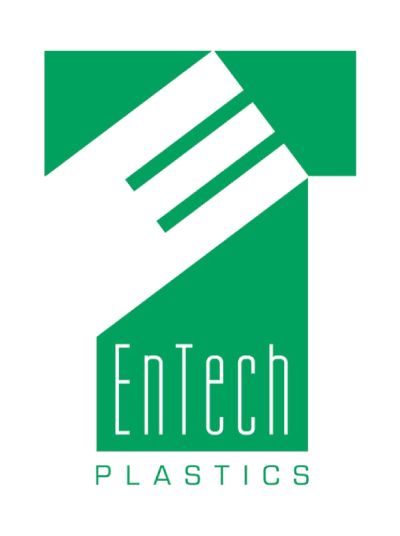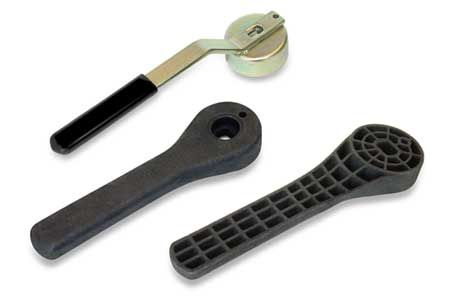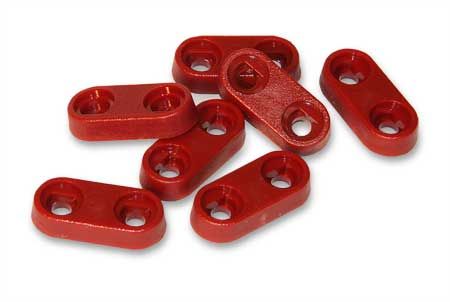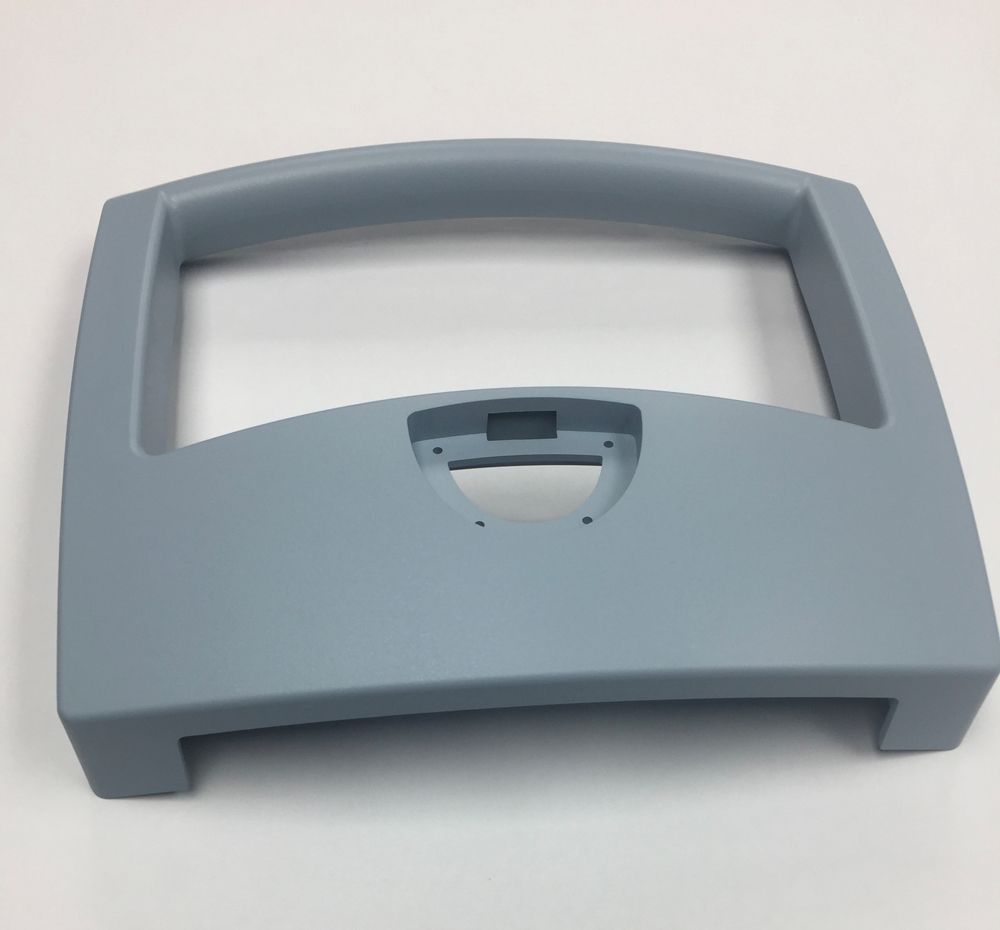

Case Studies
Metal to Plastic Conversion
The Challenge:
Improve price and performance of high-pressure valve handle.
Solution:
Design a lightweight, ergonomic, and chemically-resistant handle manufactured with an engineering grade resin.
Steps:
- Analyze operating environment
- Select Resin
- Develop preliminary design
- Perform stress analysis
- Manufacture prototypes for customer review/approval
- Design and build tool
- Perform PPAP (Production Part Approval Process)
- Go to full scale production

High-Temperature Plastics
The Challenge:
Upgrade product so it can withstand harsher and more demanding operating conditions.
Solution:
Evaluate and select a high-temperature resin whose electrical properties exceed those of the engineering grade resin currently being used and can withstand the harsher environment.
Steps:
Evaluate operating environment
- Operating temperature
- Exposure to solvents
- Electrical environment
- Mechanical stresses
Evaluate Resin Properties
- Electrical
- Mechanical
- Thermal
- Chemical
- Flammability
For this application High-Temperature Plastics were evaluated due to their superior properties. Some of those properties are as follows:
- High-temperature resistance, operating temperatures as high as 500°F.
- Excellent electrical properties
- High-radiation resistance
- Excellent water/chemical resistance
- High-wear resistance
- Good fire resistance without additives
For this application electrical resistance was the key criteria. Consequently a polyetherimide was chosen that had a dielectric strength of 710 volts/mil. This compared well against the engineering resin (polycarbonate) previously being used that had a dielectric strength of 380 volts/mil.

Gas-Assist Injection Molding
The Challenge:
Build a complex, ergonomically designed handle while minimizing part costs.
Solution:
Through the application of gas-assist injection molding developed an ergonomic, lighter weight and lower cost handle.
Advantages:
Some of the advantages over conventional molding are as follow:
- More ergonomic design
- Material savings of 40%
- Cycle time reduction of 50%
- Superior strength to weight ratio
- Minimal warp
- Eliminated sink marks
- Simplified tooling (no cores required)
- Lower clamp tonnage (smaller machine) required due to lower injection pressures
- Cost savings of over 40%

High-Density Composite Resins
High-Density Composite Resins
The Challenge:
Find a material that has the attributes of lead without the associated toxicity issues.
Solution:
Work with material suppliers to evaluate emerging high-density composite resins that are ideal substitutes for lead.
Advantages:
Some of the advantages/properties of these composite resins are as follows:
- High specific gravity: 2.0 to 11.0 (lead = 11)
- Environmentally friendly
- Excellent chemical resistance
- Excellent for weighting (inertial discs, ballasts, sinkers, projectiles)
- Radiation shielding properties equivalent to lead
- Non toxic classification
- Eliminate disposal issues
- More design capability than lead
- Can be injection molded

All Rights Reserved | EnTech Plastics